The streets have transformed into the ultimate runway, a dynamic stage for style that serves as both a personal manifesto and an ever-evolving art form. Last summer, I was out and about in Brooklyn, and the many hot spots of Williamsburg became an irresistible lure for a few hours. The sun was strong, and the temp was high, but the area rarely disappoints in delivering an alluring scene as one navigates its streets.
There was a moment that I think I’ll always carry with me. I was approaching a pop-up installation that had been set up a few days earlier near the corner of Division Avenue and Grand Street. This space, like most in the area, is often transformed into some kind of spectacle, but I had never seen anything quite like this.
At a recent Lower East Side street fair, you could hardly ignore the appearance of diverse influences. Models and fairgoers flaunted an assortment of tailored garments and distressed denim, topped off with statement sneakers, and accessorized boldly. I talked to a local stylist who’s been curating street style for nearly a decade.
She says that the key to this look is the unexpected pairing of high-end designer pieces with thrift store finds. Every outfit I observed made that philosophy evident, from the ensemble with a sharp blazer that was paired with a vintage band tee to another that had meticulously tailored trousers with a pair of rugged combat boots. Uniformity is not the goal here.
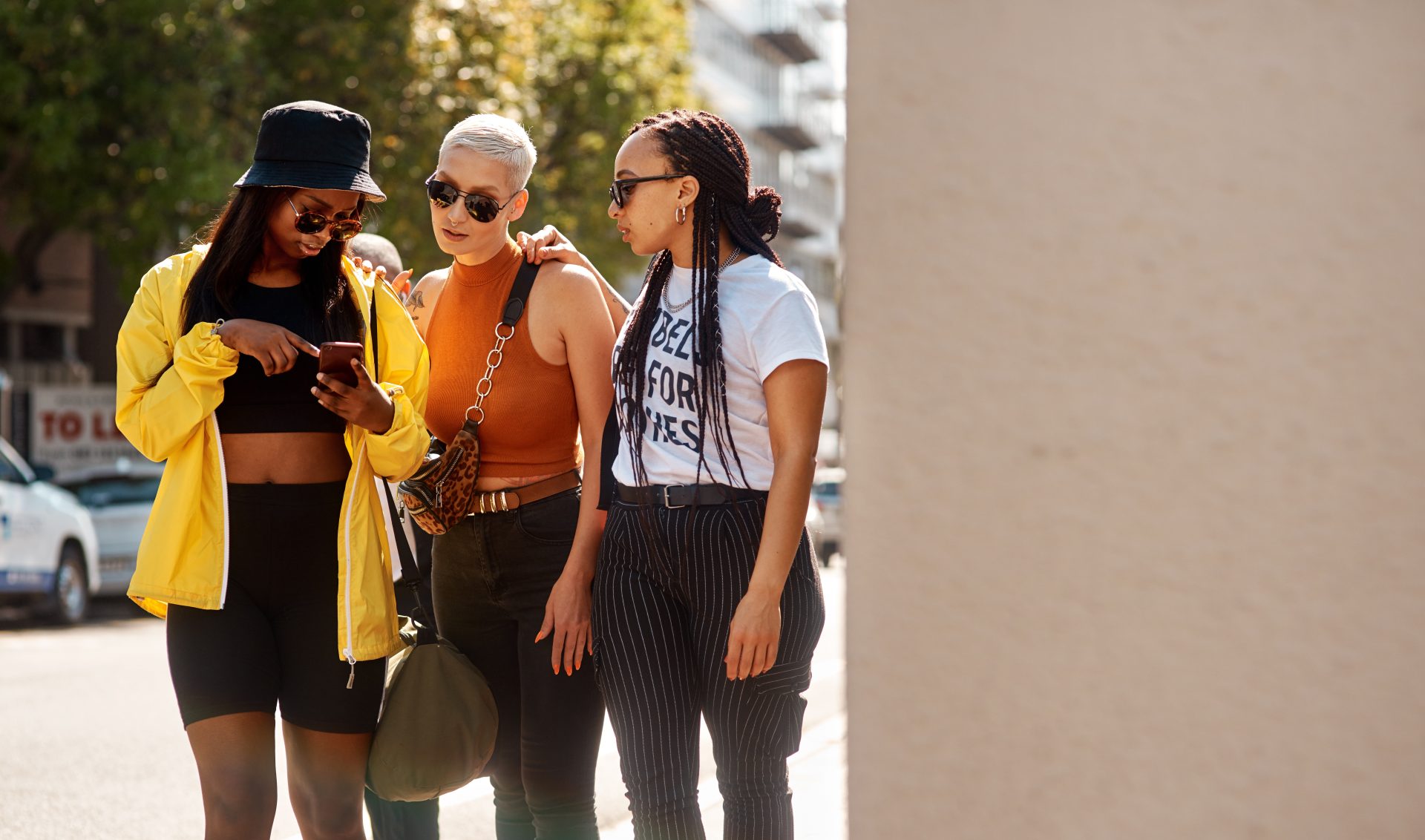
Every individual’s style is as complex as the very next outfit you’re bound to see on the street. I was reminded of a recent collaboration between a well-known designer and an emerging streetwear label when I attended New York Fashion Week. This blend of two identities, one of which is a proven moneymaker, was taking place in an industrial loft downtown, a shrine to urban innovation and creativity.
Despite the designer’s well-deserved and hard-earned place in the fashion pantheon, I believe he underestimated the power and pull of an audience to which his street-friendly label collaborator typically caters. This wasn’t just the audience’s moment to enjoy a high-low fashion spectacle. As I perceived it, the event was a conversation across generations, not just an intersection of street and runway.
As I walked back from the event along a street slick with rain, the very elements seemed to be mirror images of a city aesthetic. Puddles on the ground reflected neon signs and the occasional flash of a designer logo as a jacketed individual passed me by. The city itself was an essential part of the backdrop and the instant I was living in, its own rhythmic hum providing the almost musical tableau for the impromptu style parade that was happening as I moved from one block to another.
The first stop was the area outside a very popular coffee shop in the East Village, where a group of young creatives had assembled. If the outfits could offer a visual seminar on what a well-curated blend of urban minimalism and eclecticism looks like, then the outfit of the standout individual in my view could represent the moment when street style borrows from runway looks. These streets are also filled with global icons, as I discovered while attending a recent outdoor documentary screening in Los Angeles dedicated to the influential world of fashion.
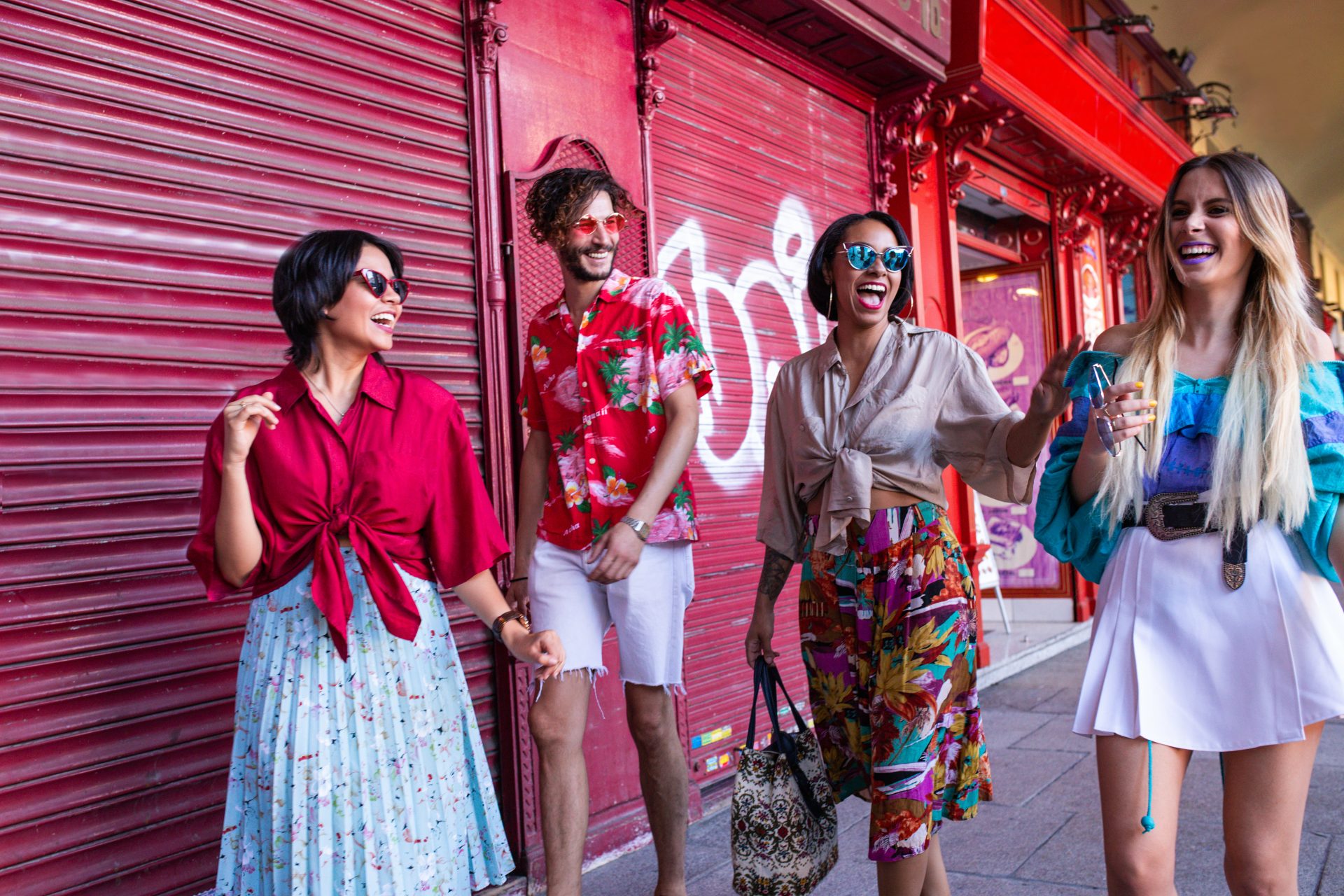
The invigorating post-film conversation seemed to amplify that particular unscripted influence. There was talk of looks worn by the likes of Zendaya and Hailey Bieber, almost always described in tandem with the phrase, “merge high fashion with street sensibility.” Yes, there’s the “influence” part of that. But the more you listen, the more you see these stars and their sartorial decisions as public silent statements.
A simple white T-shirt, when flipped to the right side out, becomes a canvas for an untold amount of statement-making. Street style has a special way of democratizing fashion. These days, you see it everywhere, and a lot of that is thanks to pop-up events that emerging designers stage out near places like Bushwick and Brooklyn.
There was one I recently attended where artisans, musicians, and emerging designers within the local event space converged. Put an ear to the wall, and you could hear the collective heartbeat of the neighborhood. If I would name just one highlight among many that night, I definitely have to put hand-built sneakers on that list.
Characters like “DOUBLE A” (as seen above) won’t share just any old pair of kicks, and that’s a good thing. They’re pretty durable too. The streets’ energy is also very much felt in how quickly trends can almost seem to evolve in real time.
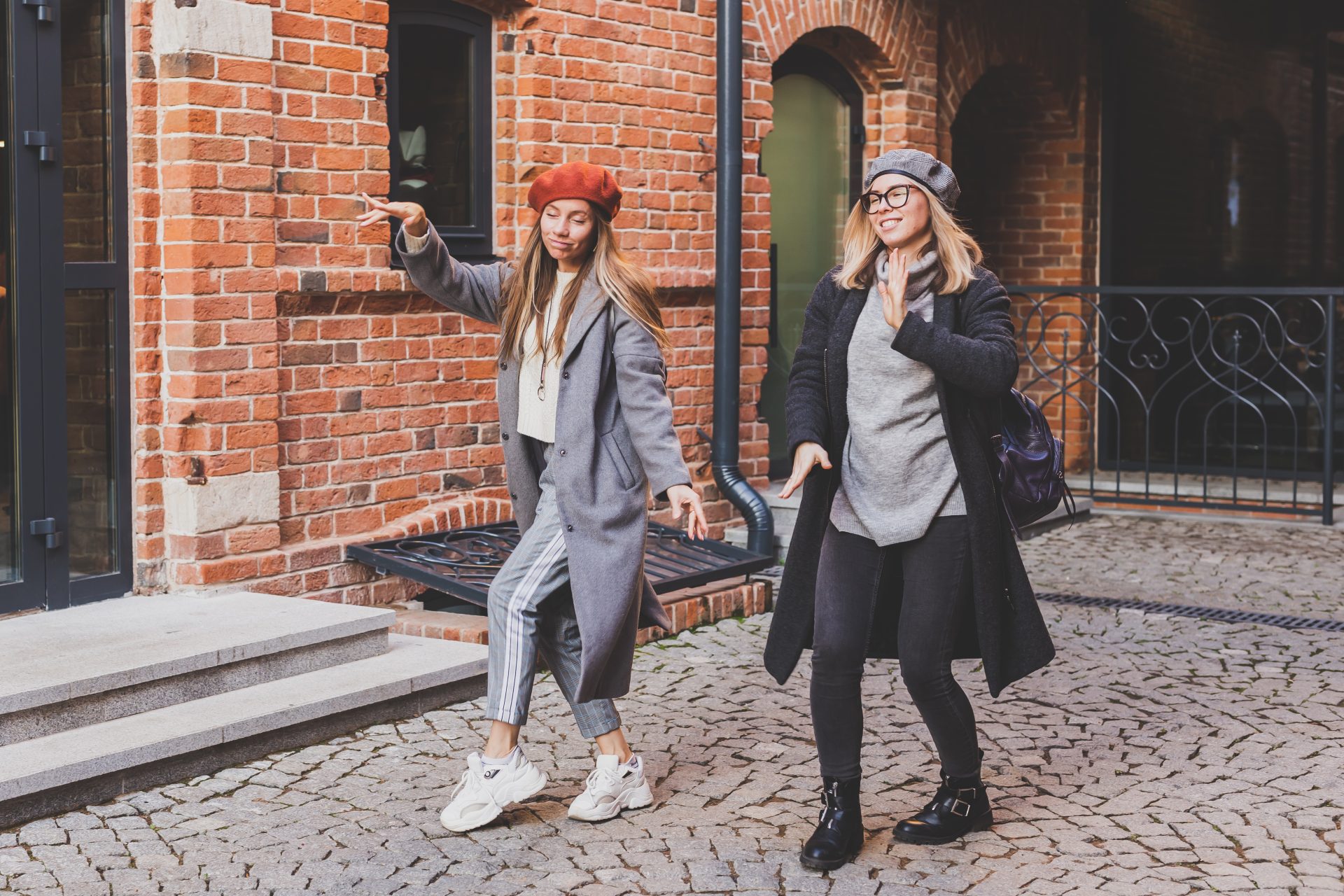
I spent an evening at a rooftop party with my back to the Manhattan skyline, where the style conversations were as steady as the cocktails. Fashion insiders and influencers were weighing the current merits of oversized outerwear against the minimalist silhouettes that have recently been dominating collections in the ongoing street-style debate. But street style is not static; it is conversation, negotiation, moment-to-moment inspiration.
Being part of a group that took a simple walk to the Alexandria Fashion Week stage was living, walking, and talking street style. And the fashion show that resulted from taking interiors and exteriors into consideration had three components, all of which are apparent in street style at its best: Narrate what is, was, and will be important to you. In these urban tales, being real is paramount.
Street style is, in stark contrast to the often unreachable glamor of high-fashion editorials, accessible and immediate. It is a reflection of personal stories layered onto the fabric of day-to-day life. When I watched a Harlem designer unveil his debut collection on a sidewalk in the thick of foot traffic—his models strutting to the beat of a live DJ—it became apparent that fashion isn’t just for the runway or the rarefied air of a photoshoot.
It thrives right where art and culture intersect in the community. The designer’s work was a tribute to his heritage and a reminder that creativity can be real, can live outside of a studio or glossy magazine, and can still pack a punch. The street-style narrative never stops, always moving and evolving, in a way like the cities that give it life.
There, you can find the ubiquitous—an outfit that takes a cue from the baseline of a dress code; an accessory with hints of the transformational; a look that speaks not only to fashion but also to graffiti, the subway, or that oft-cited corner café. Street style is a beautiful liar. It tells you what you want to hear about the city, all dressed up with no place to go.
And yet, it goes. My odyssey through the urban labyrinth is an ongoing quest to understand how the concrete and the transient combine to form something genuinely unique. In every meeting, from the intentional partnerships between famous fashion figures and neighborhood visionaries to the impromptu moments of unadulterated creativity and personal expression on the city’s main drags, there’s an implicit acknowledgment that fashion is a living, breathing narrative—a narrative composed of both dialogue and the silences between.
Street style is the unfiltered essence of that narrative, and as the city changes, so too does the story it tells and the true meaning of street style.

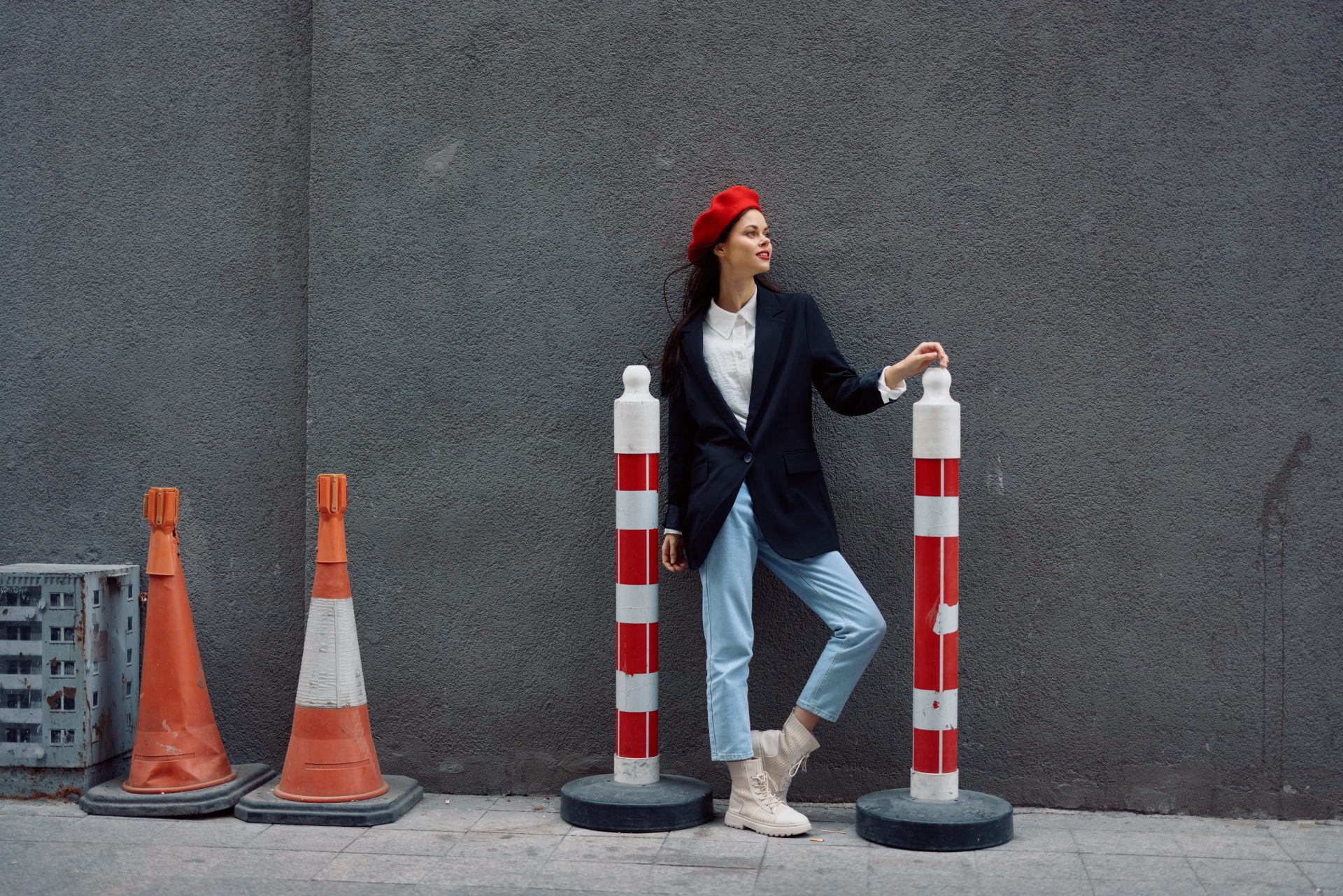
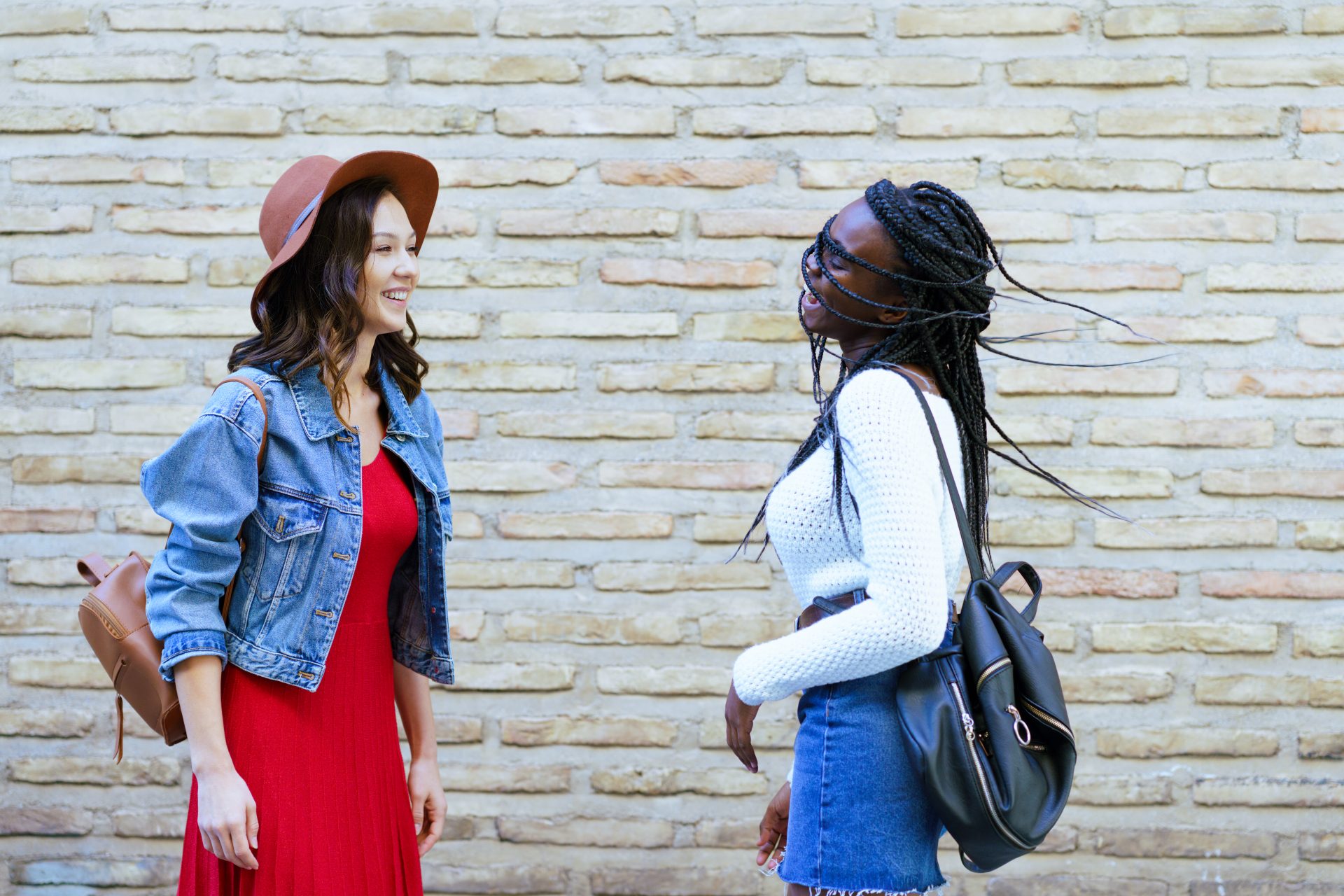

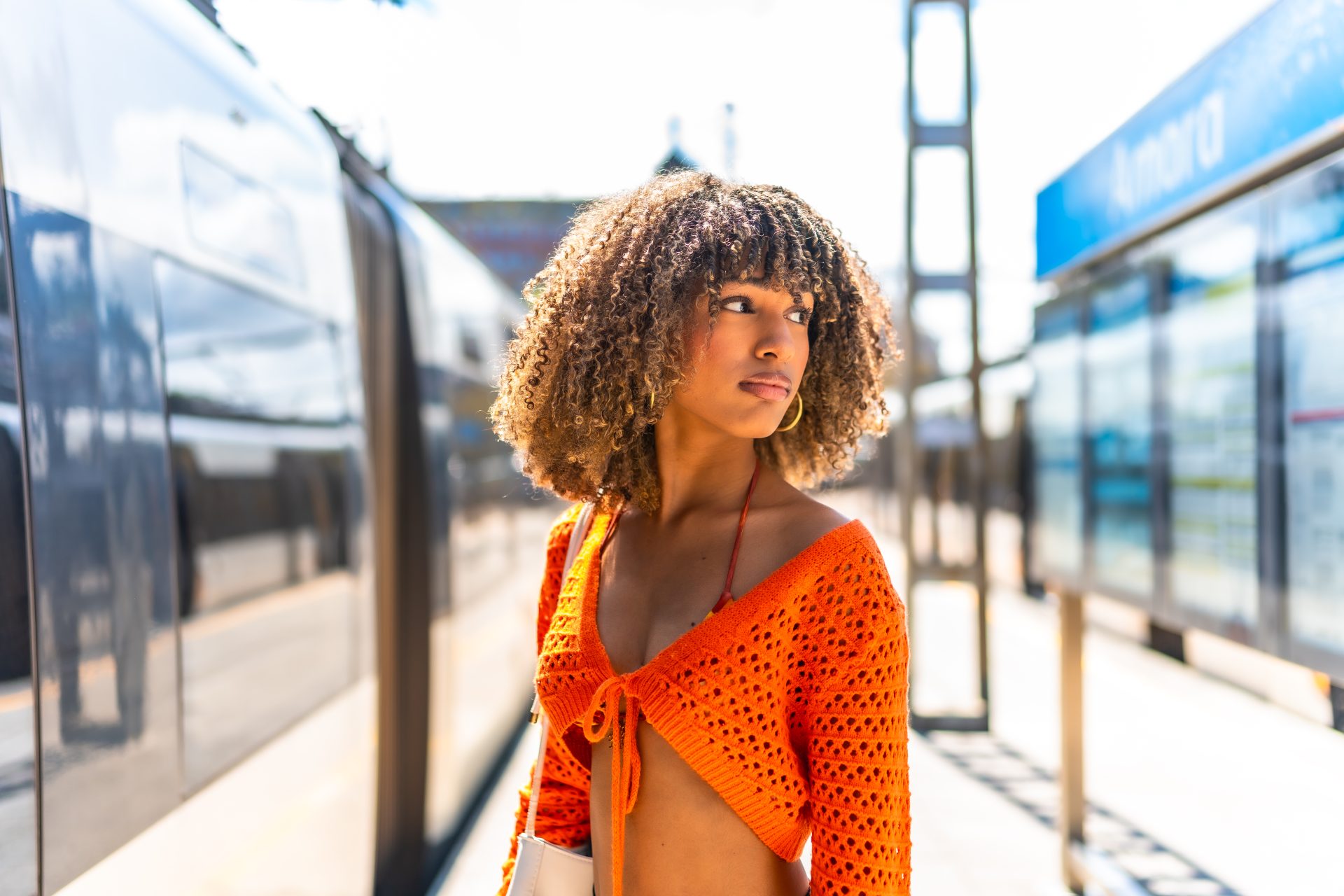
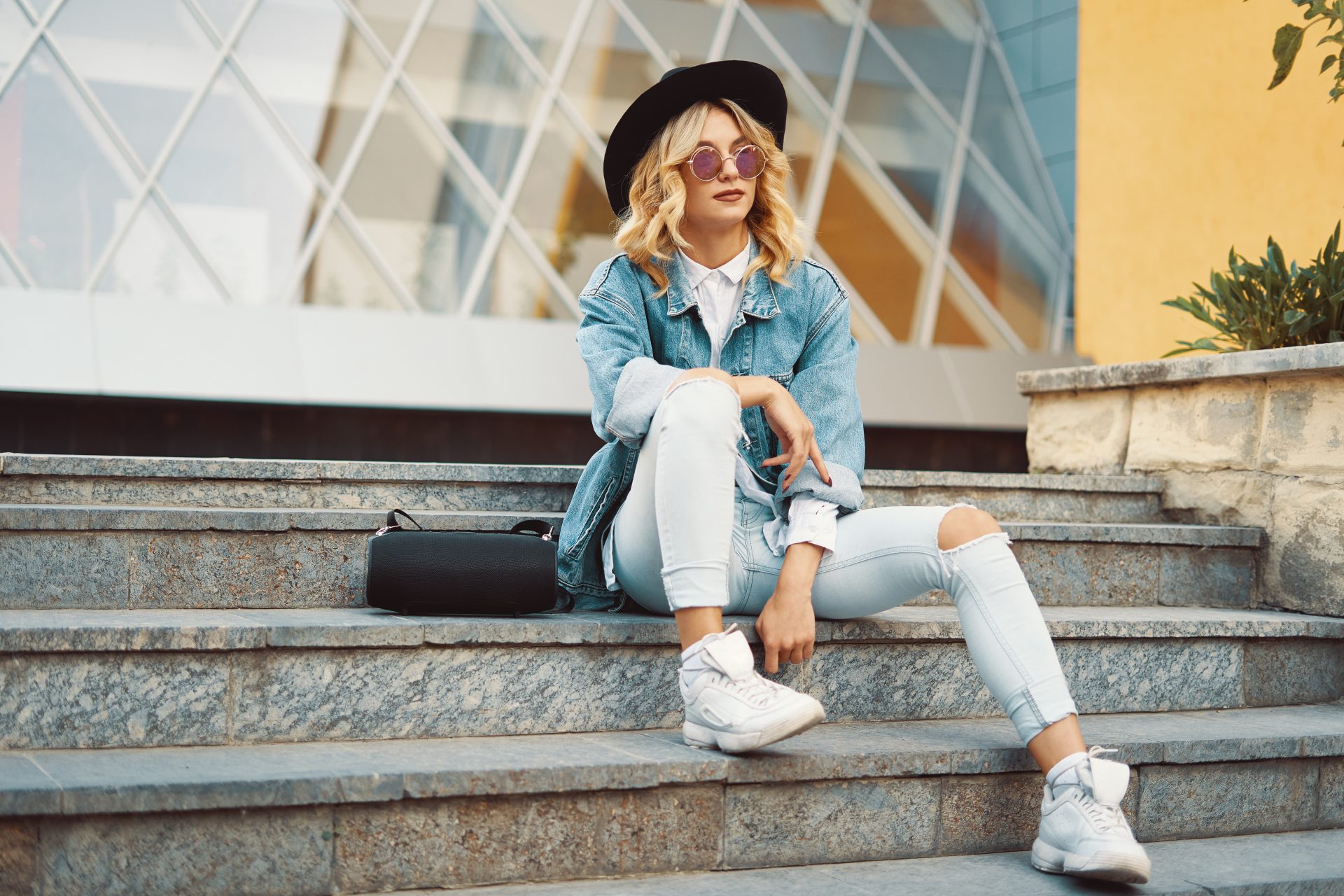
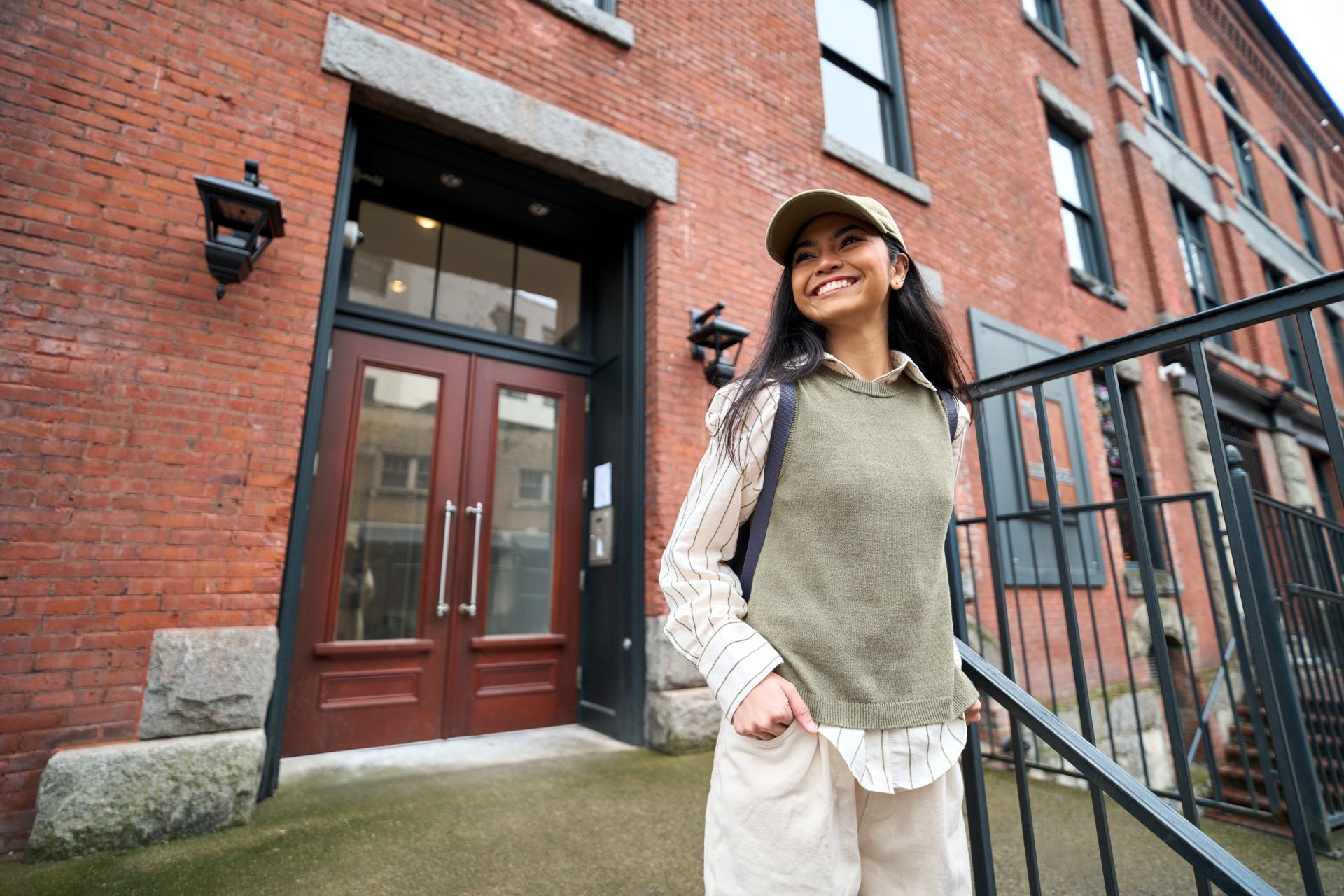
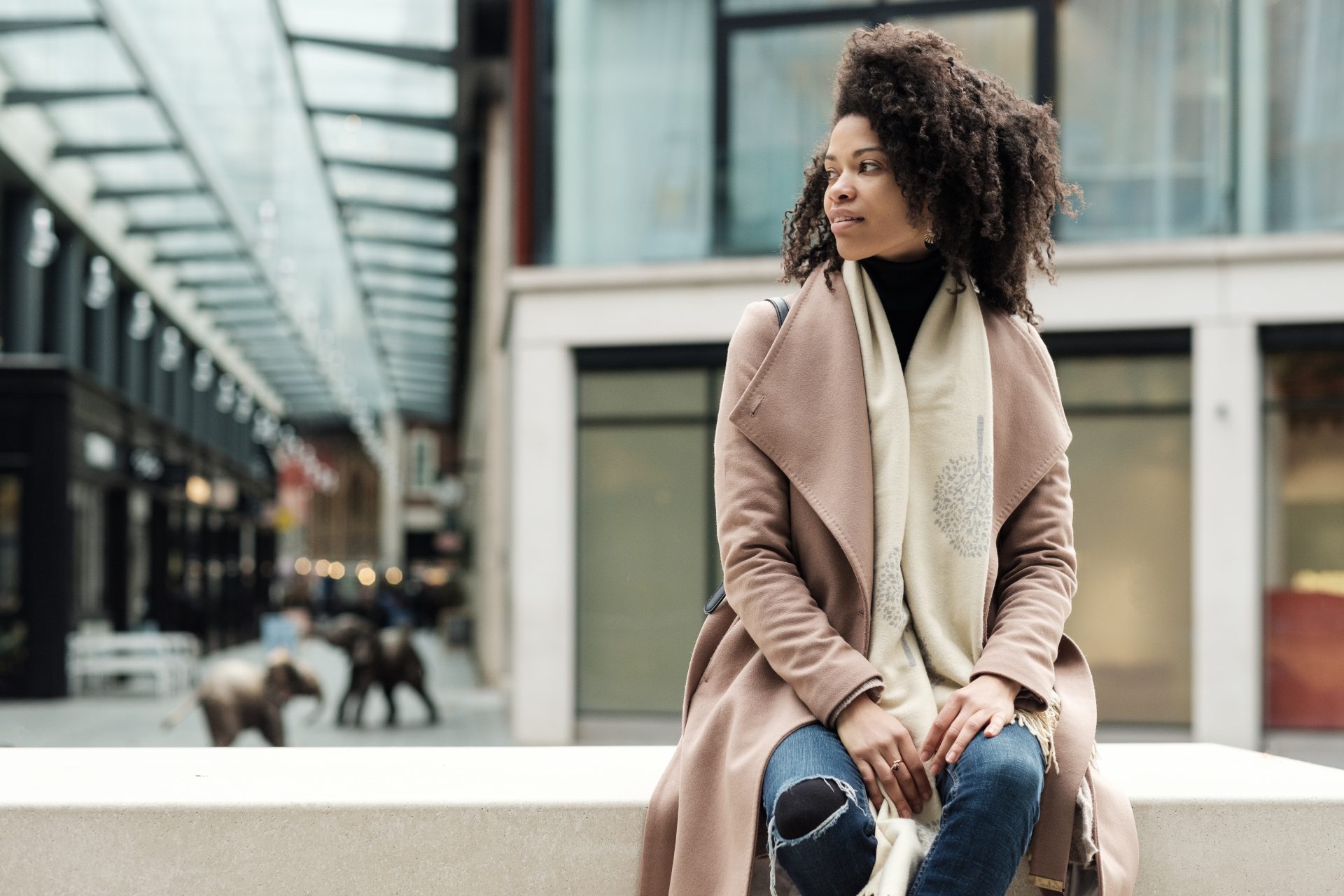

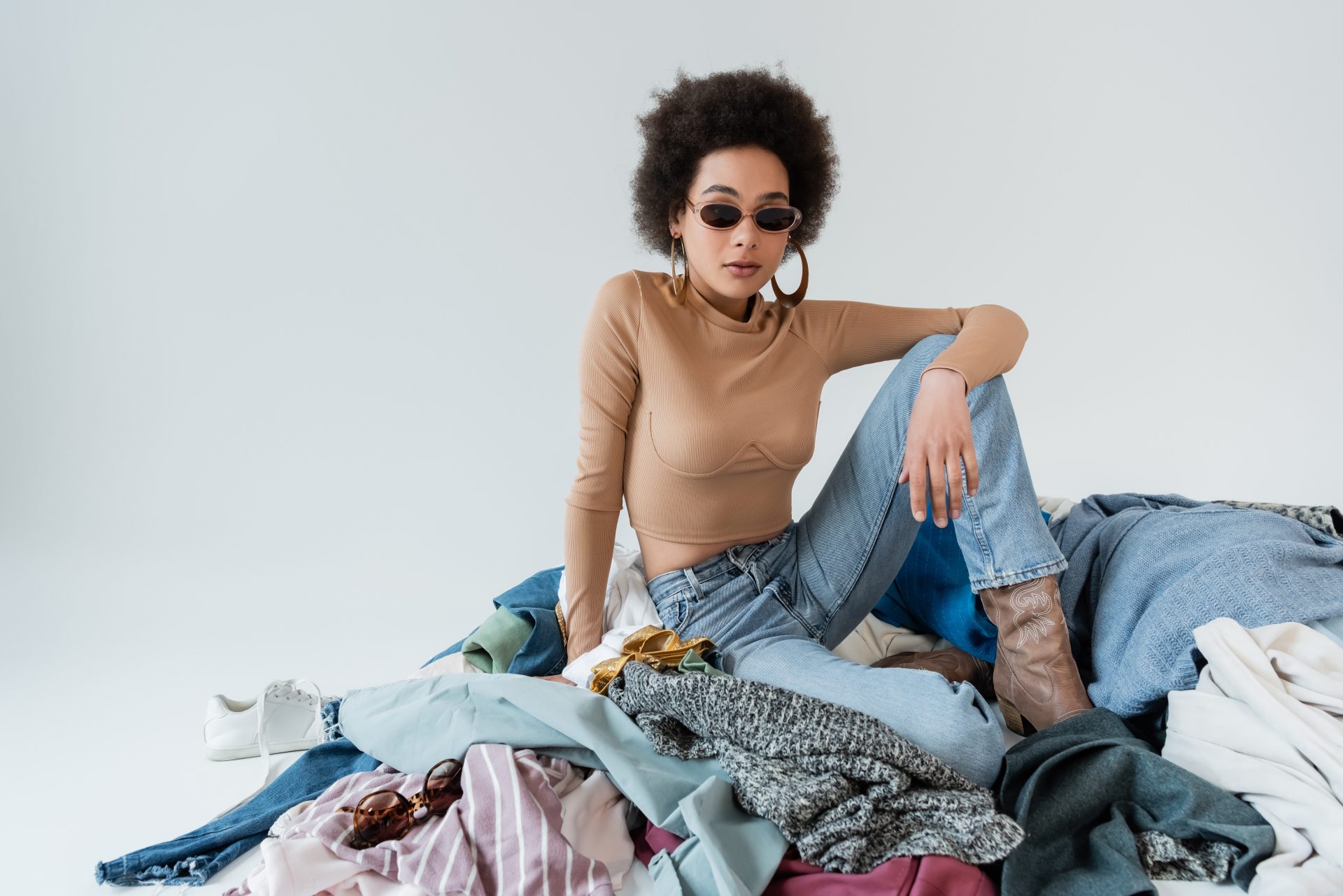
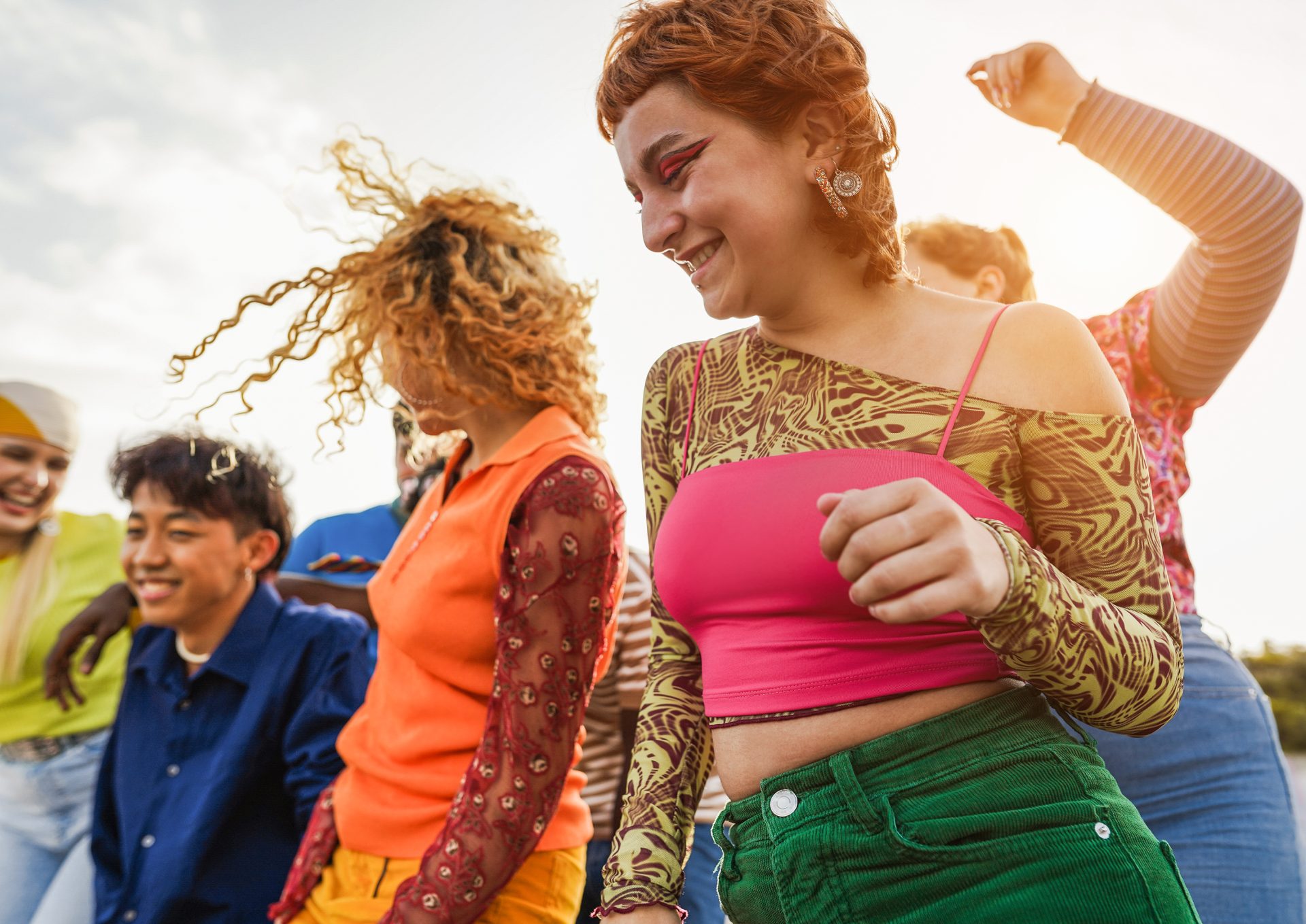

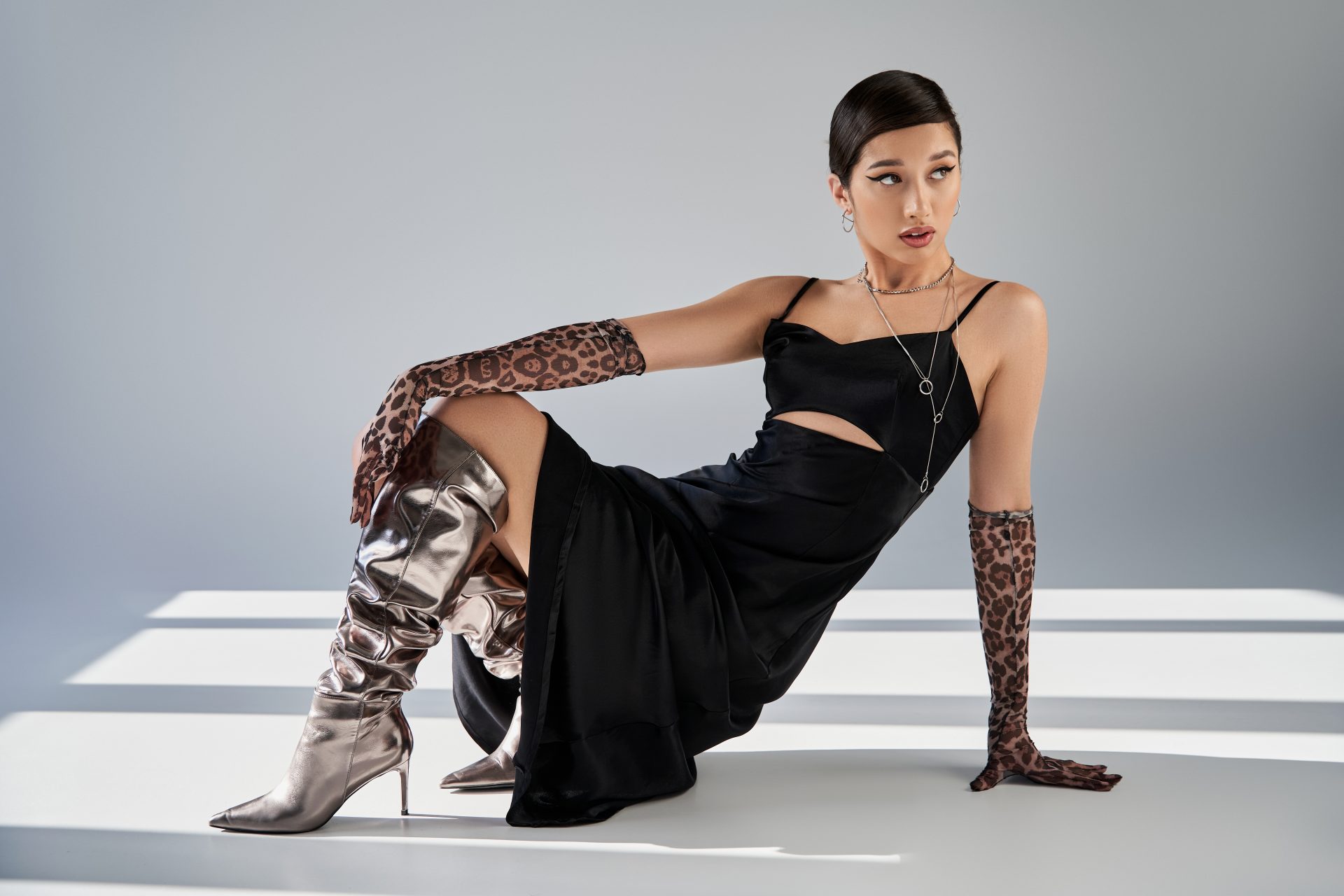
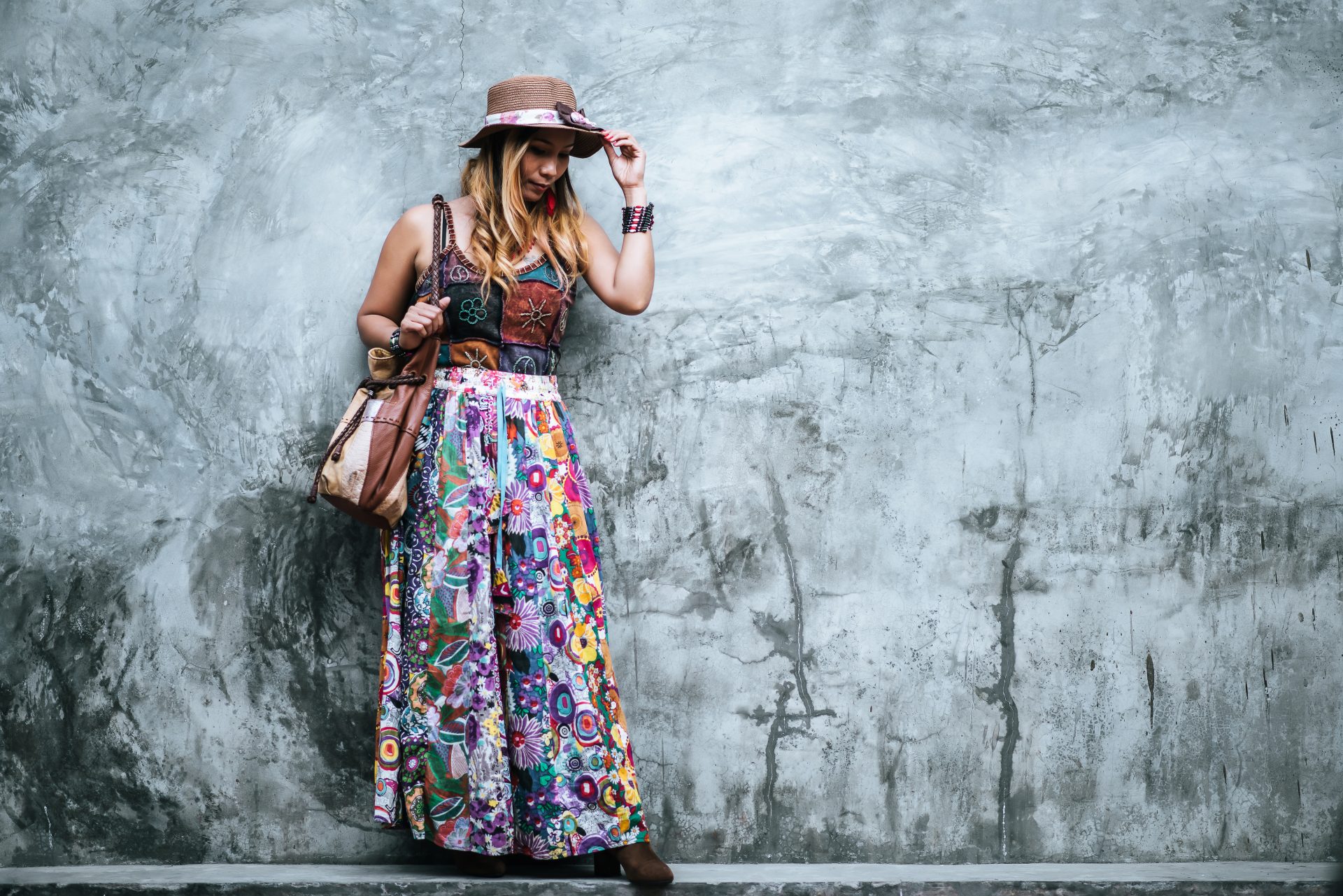
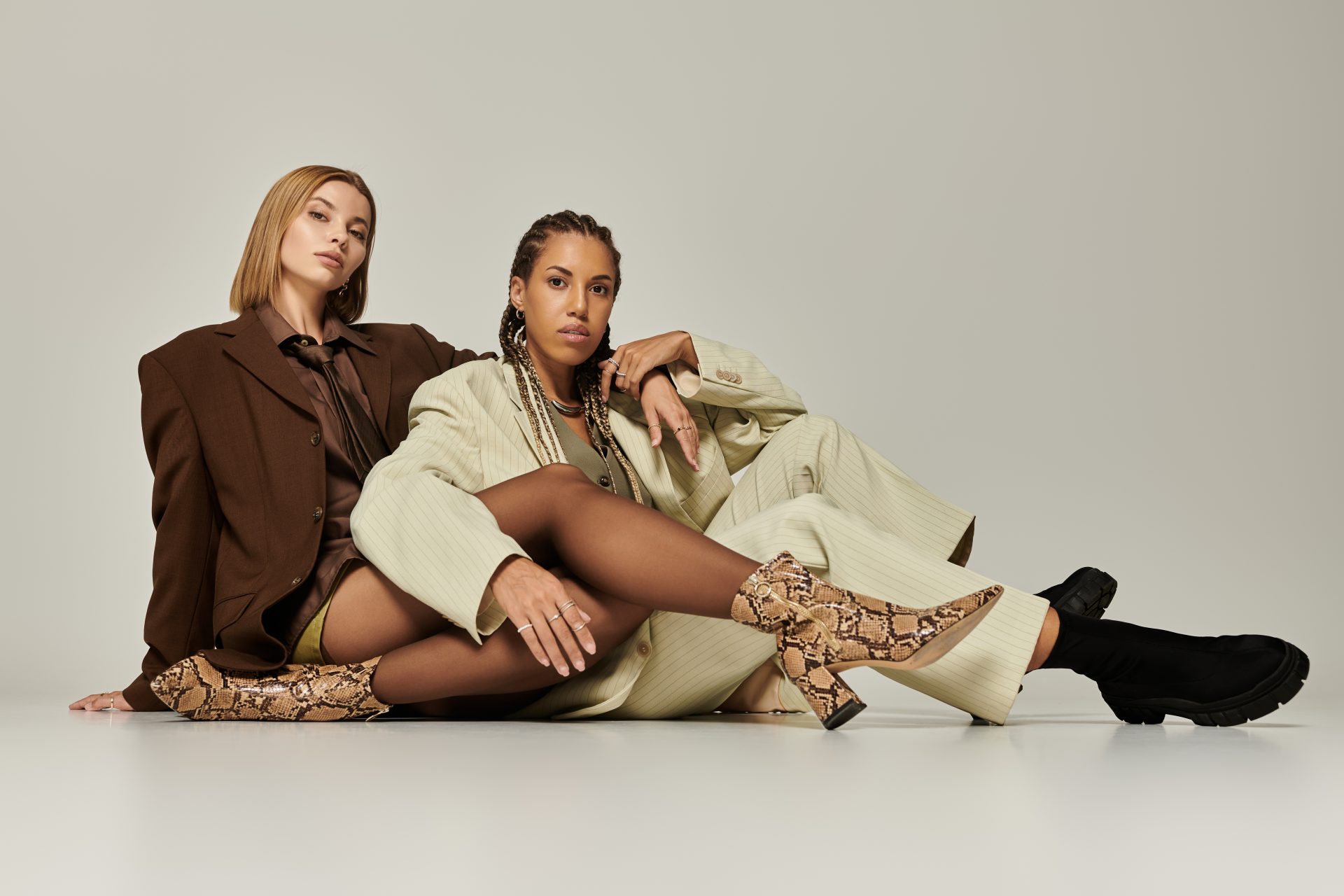
0 Comments